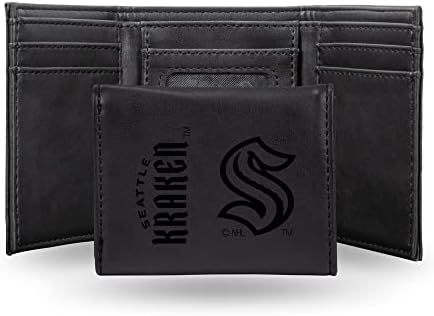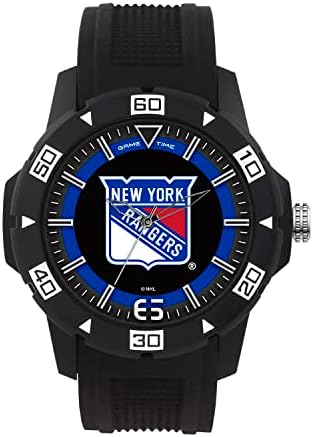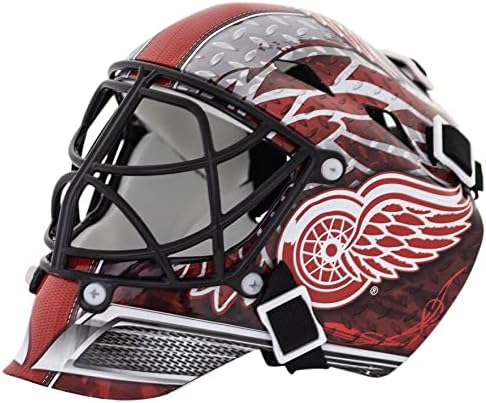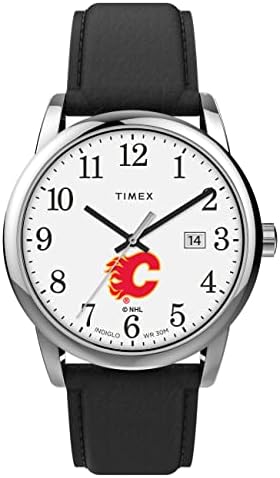Icing: Hockey FAQs Answered Briefly
What is Icing?: Common Hockey Questions Answered is a comprehensive guide that provides answers to frequently asked questions about icing in the game of hockey. Icing is a violation that occurs when a player shoots the puck from their own side of the center line across the opposing team’s goal line, without it being touched by another player. This results in a stoppage of play and a faceoff in the offending team’s defensive zone.
This guide answers questions such as why icing is called, how it is enforced by officials, and its impact on gameplay. It also discusses the strategies teams use to prevent icing and the exceptions to the icing rule. Whether you are a beginner or a seasoned hockey fan, this guide will enhance your understanding of icing and its significance in the game.
What is Icing?: Common Hockey Questions Answered is a must-read for anyone looking to deepen their knowledge of hockey rules and regulations, and it will satisfy your curiosity about this particular aspect of the game.
What is Icing?
For those new to the sport of hockey, the term “icing” can be a confusing one. However, it is an essential rule of the game that every player and fan should understand. In simple terms, icing occurs when a player shoots the puck from behind the center red line across the opposing team’s goal line without it being touched by anyone. When this happens, play is stopped, and a faceoff is held in the defending team’s zone.
Icing serves as a way to prevent teams from simply shooting the puck down the ice to waste time or relieve pressure. It encourages offensive play and provides an opportunity for the defending team to regain possession. However, there are a few exceptions to the icing rule. If a team is shorthanded due to a penalty or if the puck crosses the goal line but is not touched by the opposing goaltender, icing is waved off.
Why is Icing Important?
Icing is an important aspect of the game because it helps maintain balance and fairness between teams. Without the icing rule, teams could simply dump the puck down the ice whenever they were under pressure, preventing the opposing team from mounting an offensive attack.
Icing also adds an element of strategy to the game. Coaches and players must decide when to take the risk of icing the puck in order to relieve pressure or when to try to maintain possession and advance up the ice. This decision-making process adds excitement and complexity to the sport.
Understanding the concept of icing is crucial for anyone wanting to fully enjoy and appreciate the game of hockey. It not only ensures fair play but also adds strategic depth and excitement to the sport.
What is Icing?
ASIN: B08GFSYJC5
Publisher: Independently published (August 22, 2020)
Language: English
Paperback: 116 pages
ISBN-13: 979-8676866020
Item Weight: 4.3 ounces
Dimensions: 5 x 0.27 x 8 inches








